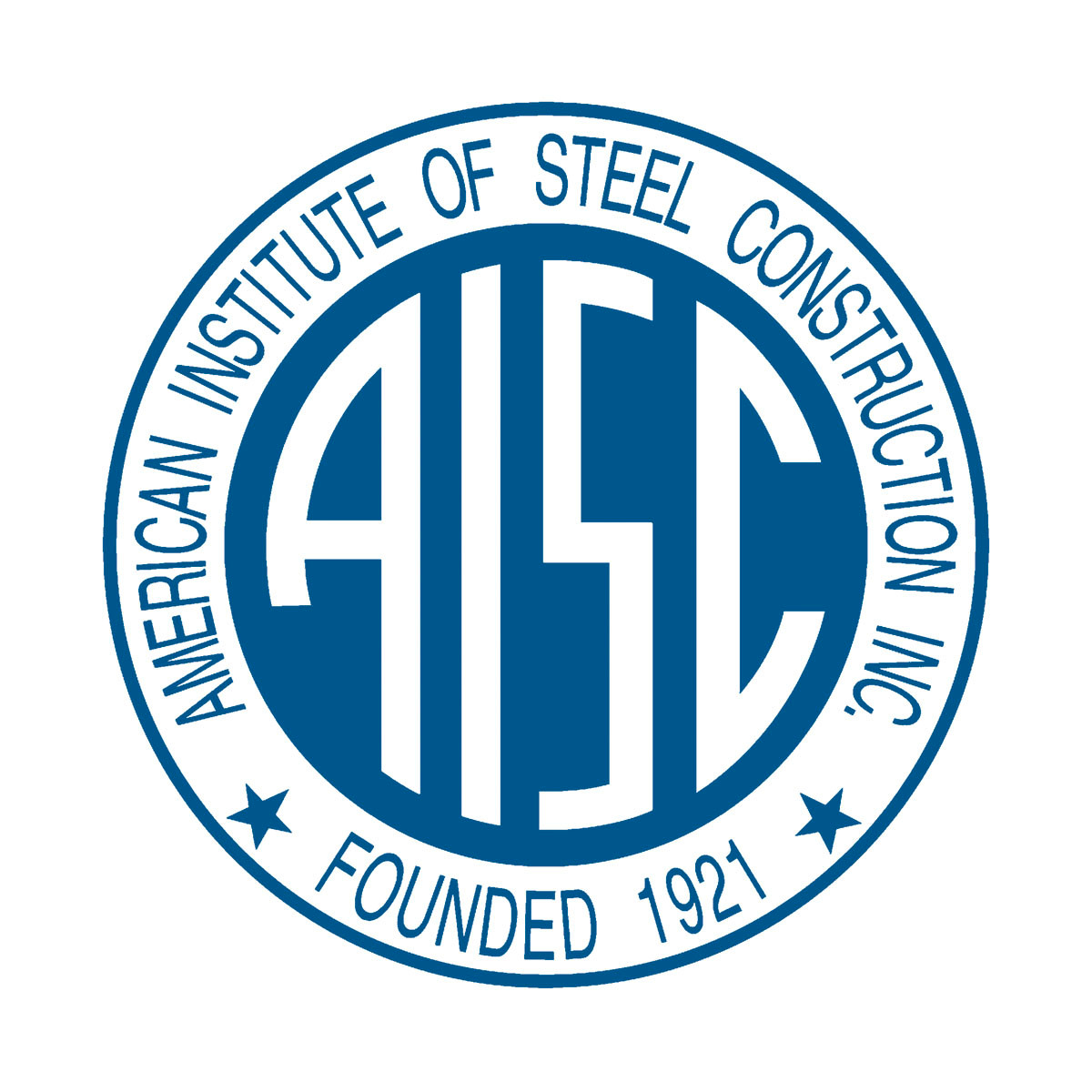The American Institute of Steel Construction (AISC) is now accepting proposals for the development of a best practices guide on the use of Building Information Modeling (BIM) that is consistent and cohesive with the checks and balances currently provided in the AISC Code of Standard Practice for Steel Buildings and Bridges.
The AISC Code Committee seeks assistance from BIM users including engineers, fabricators, erectors, detailers, architects and contractors, in identifying and documenting best practices to facilitate the long-term standardization of BIM in structural steel construction. Download the Request for Proposal form.
"The AISC Code reflects industry advancements and provides the AEC community with a useful framework for a common understanding of acceptable standards when contracting for structural steel," commented Charles J. Carter, S.E., P.E., Ph.D., AISC vice president and chief structural engineer. "However, few aspects of BIM have become standard. This has hampered the ability of the AISC Code Committee to incorporate provisions related to BIM into the Code."
Proposals are due by March 27, 2013, and may be submitted via email to AISC's Jie Zuo at zuo@aisc.org, or by mail to:
Jie Zuo
American Institute of Steel Construction
?1 E. Wacker Drive, Suite 700?
Chicago, IL 60601
About the American Institute of Steel Construction
The American Institute of Steel Construction, headquartered in Chicago, is a not-for-profit technical institute and trade association established in 1921 to serve the structural steel design community and construction industry. AISC's mission is to make structural steel the material of choice by being the leader in structural steel-related technical and market-building activities, including: specification and code development, research, education, technical assistance, quality certification, standardization, and market development. AISC has a long tradition of service to the steel construction industry of providing timely and reliable information.
Related Stories
| Sep 29, 2011
CEU series examines environmental footprint and performance properties of wood, concrete, and steel
Each course qualifies for one AIA/CES HSW/SD Learning Unit or One GBCI CE Hour.
| Sep 29, 2011
Kohler supports 2011 Solar Decathlon competition teams
Modular Architecture > In a quest to create the ultimate ‘green’ house, 20 collegiate teams compete in Washington D.C. Mall.
| Sep 29, 2011
AIA Dallas names new executive director
AIA Dallas one of only a few chapters in the U.S. to be led by an accomplished architect.
| Sep 29, 2011
Potter honored with SMSP honor
The Society for Marketing Professional Services (SMPS) recognized Alfred K. Potter II, FSMPS, senior vice president with Gilbane Building Co., with the 2011 Weld Coxe Marketing Achievement Award (MAA).
| Sep 28, 2011
Look who's coming to BD+C's Under-40 Leadership Summit
AEC industry "under-40 superstars" from top design and construction firms have signed up for BD+C's "Under-40 Leadership Summit."
| Sep 28, 2011
GBCI announces LEED fellow class of 2011
LEED Fellows represent green building industry's most accomplished professionals.
| Sep 28, 2011
Bradley sponsors design studio on intelligent buildings for UWM SARUP
The studio is taught by Gregory D. Thomson, assistant professor and co-director of the Institute for Ecological Design at UWM.














